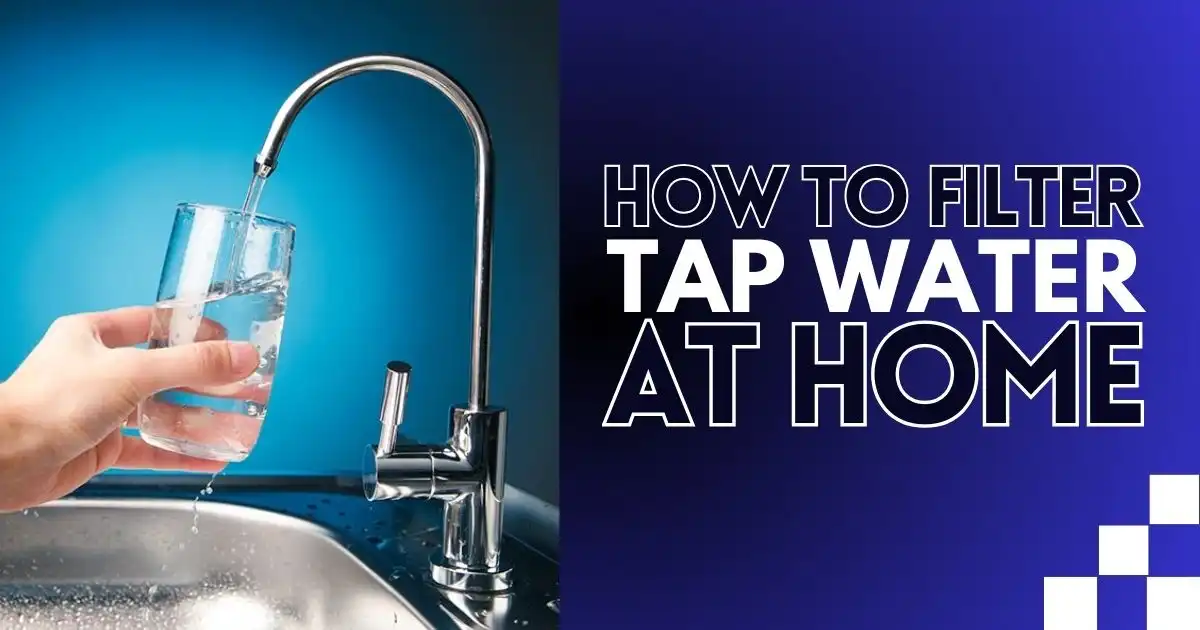It’s 2 AM, and you’re startled awake by an unsettling sound—water gurgling and spilling onto the bathroom floor. You rush in, hoping to stop the toilet water from rising in the tank, but it’s already too late. The bowl overflows, soaking towels and ruining your rug. What seems like a simple plumbing mishap quickly spirals into chaos, leaving you scrambling to contain the mess.
But the real problem might not be what’s in front of you—it could be what’s lurking behind the scenes. For many homeowners, a toilet overflow isn’t just an isolated event; it’s a warning sign of deeper plumbing issues that can lead to costly repairs and long-term damage if left unchecked.
4 Reasons Why Your Toilet Is Overflowing

Knowing why your toilet is overflowing is the first step to solving the problem. These are the most common reasons behind this frustrating issue:
1. Clogged Drain
One of the most common reasons for a toilet to overflow is a clogged drain. This usually happens when too much toilet paper is flushed at once, blocking the pipe and stopping the toilet from flushing properly.
Clogs can also happen when other items are flushed that should not be, like paper towels, napkins, wipes, cotton balls, or feminine products. These items don’t break down in water and can easily block the drain.
To prevent clogs, always keep a plunger in the bathroom. It can help clear simple blockages right away. You can also use a plumbing snake (a long, flexible tool) to reach deeper and break up or pull out clogs.
2. Blocked Plumbing Vents
Most people don’t know this, but your plumbing system has air vents. These vents help push waste through the pipes by letting fresh air in and releasing gases. The vents usually go through the roof or the side of the house.
If these vents get blocked by things like leaves or debris, your toilet might not flush properly. In some cases, this can even lead to overflowing. Without air, a vacuum forms in the pipes, which can damage your plumbing over time.
If you think your vents are blocked, it’s best to call a professional plumber. They have special tools to clean out the vents safely.
3. Sewer Line Blockage
The main sewer line that connects your house to the city’s sewer system can also get clogged. This often happens when people flush items like wipes, paper towels, or hygiene products. Even “flushable” wipes can build up and cause blockages.
Tree roots can also grow into the sewer pipe and block it. Sometimes, nearby construction can shake up the soil and move debris into your pipes, leading to clogs. When the sewer line is blocked, dirty water has nowhere to go and can back up into your home—usually through the lowest drain, like a toilet in the basement or ground floor.
4. Full or Blocked Septic Tank
If your home uses a septic tank, it needs regular cleaning and maintenance. When the tank gets too full, or the pipe leading to it is blocked, waste has nowhere to go. This can cause the toilet to overflow, pushing waste water back into your home.
If you think your septic tank is full or not working right, call a septic system expert. They can clean the tank and fix any problems to stop the overflow.
4 Steps to Take When Your Toilet Overflows

Dealing with an overflowing toilet can be stressful, but acting quickly can prevent further damage and save you from expensive repairs. These are the steps:
1. Turn Off the Water Supply
As soon as you see the water rising or overflowing, turn off the water supply to the toilet. Look for the shutoff valve—it’s usually a small silver knob behind or near the bottom of the toilet. Turn it clockwise (to the right) to stop water from flowing.
If you can’t find the valve or it’s stuck, lift the toilet tank lid and press down the rubber flapper inside the tank. This will stop more water from entering the bowl. Keep it pressed down until the water level settles.
2. Clean Up Spilled Water Right Away
Once the water has stopped, clean up the mess immediately. Use old towels, a mop, or paper towels to soak up the water on the floor. Don’t let it sit—wet floors can cause mold and damage to wood or tiles. If water has spread to nearby walls or carpets, dry those areas too.
3. Clear Any Blockages in the Bowl
Most overflows happen because something is blocking the pipe. Use a plunger to push the clog through. Make sure there’s enough water in the bowl to cover the plunger’s rubber part, and then push and pull with firm, even pressure.
If plunging doesn’t work, try using a toilet auger (a long, flexible tool that can reach deeper). It helps break up tougher clogs that are farther down the drain.
4. Check Inside the Toilet Tank
After the water is under control, open the tank and look inside. There may be a problem with the float, which controls how much water fills the tank, or the fill valve, which controls the water flow.
If the float is too high, water may keep flowing and cause more overflows. Gently adjust the float to lower the water level. If the fill valve is broken or stuck, you may need to replace it or call a plumber.
How to Prevent Toilet Overflows?

Prevention is always better than cure when it comes to plumbing issues. These are the simple ways to keep your plumbing in top shape and avoid future overflows:
1. Flush Responsibly
What you flush matters—only flush waste and toilet paper down your toilet. Non-flushable items like wipes or feminine hygiene products can cause clogs that lead to frequent overflows. Clearing clogged drains can cost between $100 and $500, so being mindful of what goes down your toilet is an easy way to avoid unnecessary expenses.
2. Perform Routine Maintenance
Regular maintenance is another key step in preventing problems like toilet tank overflowing after flushes. Inspect components like the fill valve and float periodically for signs of wear or malfunction. Adjust these parts as needed or replace them if they show signs of damage.
3. Schedule Professional Inspections
Some plumbing issues require expert attention. Having a plumber check your vent pipes for blockages that restrict airflow and inspect your septic system for signs of backflow or obstruction annually ensures everything functions properly. The EPA recommends inspecting septic systems every three years for optimal performance.
4. Upgrade Your Toilet
Older toilets often lack modern features that regulate water usage effectively. Newer toilets with advanced systems reduce the risk of overflowing tanks while improving efficiency—consider options for water-efficient toilets that suit your needs.
Prevent Overflow, Save Thousands
A toilet overflow is rarely just a minor inconvenience—it’s often a sign of deeper plumbing issues like clogged drains, faulty fill valves, or blocked vent pipes. Ignoring these problems can lead to costly repairs, water damage, and unnecessary stress.
Acting quickly and addressing the root cause is the best way to protect your home. Vegas Plumbing Pros offers expert services to keep your plumbing in top shape. From clearing clogs and repairing toilet tanks to preventive maintenance and emergency solutions, we’re here to help. Contact us today to take control and safeguard your home.
FAQs
How to fix an overflowing toilet?
If your toilet is still overflowing, there might be a clog causing the issue. A toilet bowl overflow often happens when waste or debris blocks the drain. Start by using a plunger to create suction and clear the blockage. If that doesn’t work, try a toilet auger to reach clogs deeper in the drain. Once the clog is cleared, turn the shutoff valve counterclockwise to restore water flow.
How to fix a toilet when water keeps rising?
To fix an overflowing toilet, check the overflow tube below the tank’s opening and adjust the water level if needed. Inspect the flush valve chain and flapper for wear. If your toilet is overflowing from the tank, replacing a faulty flush or fill valve can solve the issue.
How do I stop my toilet from filling up too much?
Take a look at the fill valve—it controls how much water goes into the tank. If toilet water keeps rising in tank, you can adjust the water level by turning the fill valve’s adjustment screw. If you’re unsure how to do it, check your toilet’s manual for guidance. And if you don’t have the manual (which is pretty common), it’s perfectly okay to call a local plumber for help.
How to unclog a toilet full of water?
If your toilet is full of water and clogged, start by using a plunger. Make sure the plunger is fully submerged to create a proper seal. If that doesn’t work, try using a drain auger or a wet-dry vacuum to clear the clog. If those methods don’t solve the problem, it’s a good idea to call a professional plumber for assistance.



